The Lungs
The lungs are an essential part of the respiratory system, responsible for the exchange of oxygen and carbon dioxide in the body. They are a pair of spongy, air-filled organs located on either side of the chest, protected by the rib cage.
Anatomy of the Lungs
The lungs are divided into lobes – the right lung has three lobes (upper, middle, and lower), while the left lung has two lobes (upper and lower) to make room for the heart. Each lung is enclosed within a double-layered membrane called the pleura, which reduces friction and allows the lungs to expand and contract smoothly during breathing.
Function of the Lungs
The primary function of the lungs is to facilitate the exchange of gases. When we inhale, the lungs take in oxygen from the air, which is then transported to the bloodstream and distributed to the body's cells. At the same time, carbon dioxide, a waste product of cellular metabolism, is removed from the bloodstream and exhaled out of the body during exhalation.
Respiratory System and Breathing
The respiratory system works in coordination with the lungs to ensure the body receives an adequate oxygen supply and expels carbon dioxide. The process of breathing involves inhalation (breathing in) and exhalation (breathing out), driven by the contraction and relaxation of the diaphragm and intercostal muscles.
Common Lung Conditions
Several conditions can affect the lungs, including asthma, pneumonia, chronic obstructive pulmonary disease (COPD), and lung cancer. It's important to maintain lung health through regular exercise, avoiding smoking and exposure to pollutants, and seeking medical attention for any respiratory symptoms.
Study Guide for the Lungs
- Describe the location of the lungs in the body.
- Explain the structure of the lungs, including lobes and the pleura.
- What is the primary function of the lungs?
- Discuss the process of breathing and the role of the respiratory system.
- Name at least three common lung conditions and their effects on the body.
Understanding the anatomy and function of the lungs is crucial for comprehending respiratory health and the impact of lifestyle choices on lung function.
.◂Science Worksheets and Study Guides Fifth Grade. Science Worksheets: Acids and bases

 Activity Lesson
Activity Lesson
 Worksheet/Answer key
Worksheet/Answer key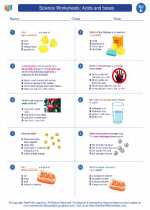
 Worksheet/Answer key
Worksheet/Answer key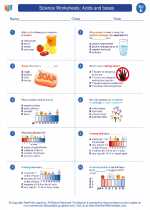
 Worksheet/Answer key
Worksheet/Answer key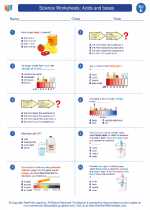
 Worksheet/Answer key
Worksheet/Answer key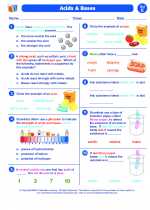
 Vocabulary/Answer key
Vocabulary/Answer key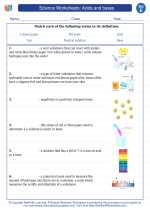
 Vocabulary/Answer key
Vocabulary/Answer key
